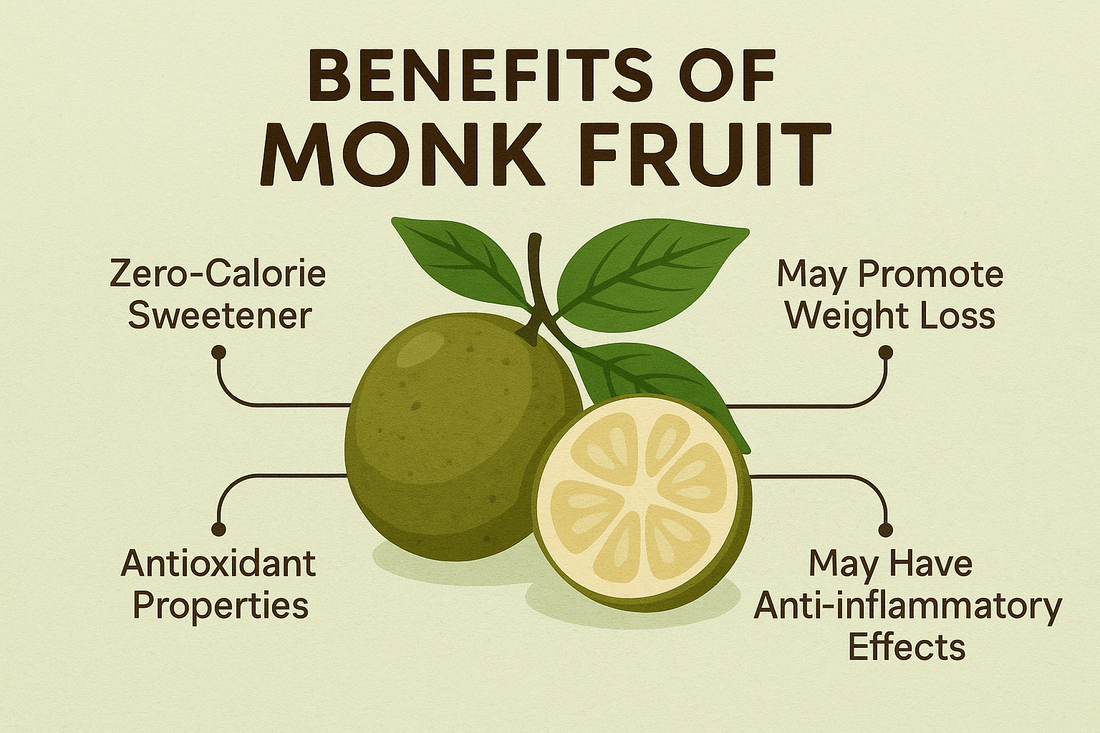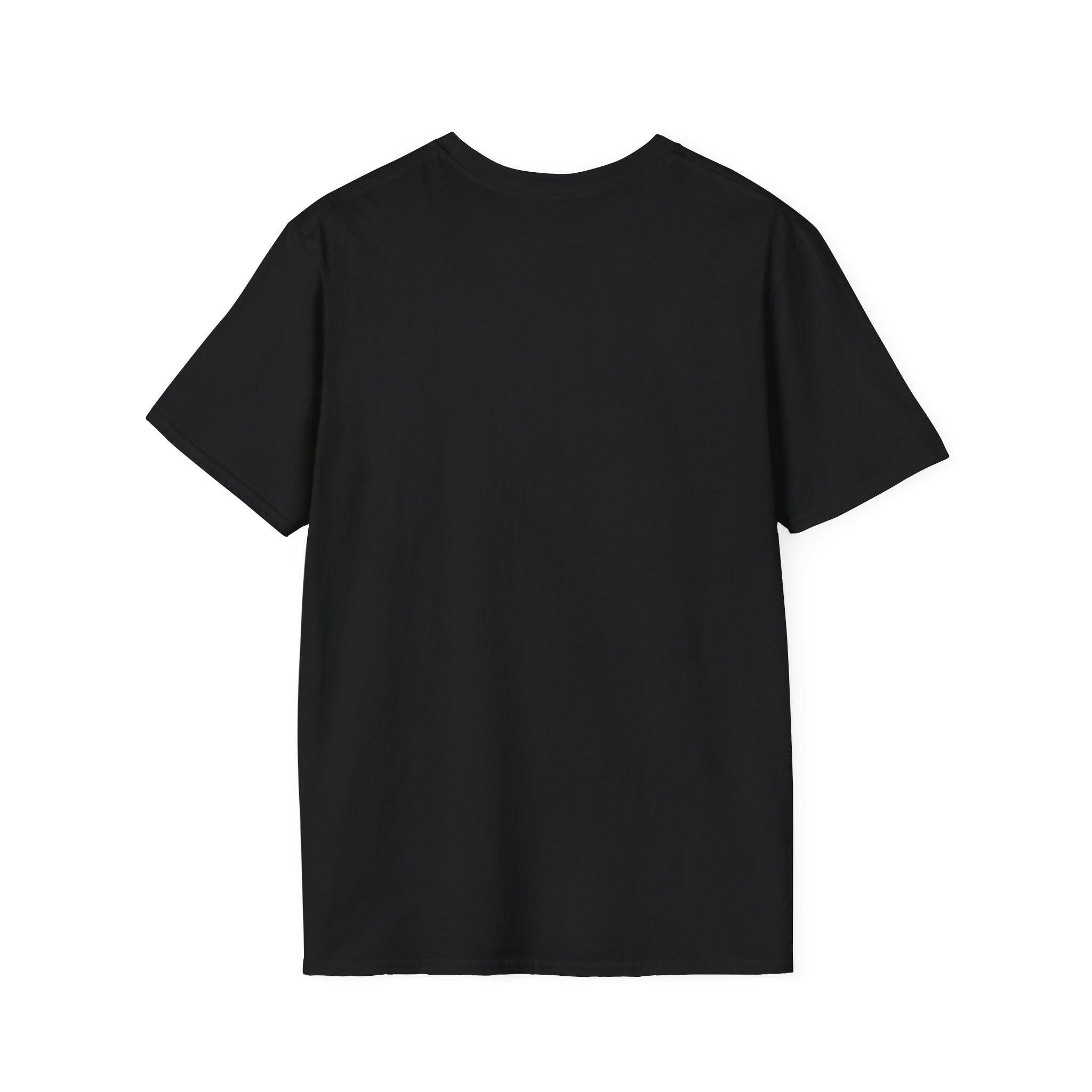
Benefits of Monk Fruit
Share
- Benefits of Monk Fruit
- Understanding Monk Fruit
- Historical Significance and Traditional Uses
- Nutritional Profile of Monk Fruit
- Antioxidant Properties
- Health Benefits for Blood Sugar Management
- Potential Anti-Diabetic Mechanisms
- Weight Management Support
- Appetite Regulation
- Anti-Inflammatory and Anti-Cancer Properties
- Cancer-Fighting Potential
- Practical Applications in Daily Diet
- Recipe Adaptations and Culinary Tips
- Potential Side Effects and Considerations
- Special Populations and Allergic Reactions
- Frequently Asked Questions About Monk Fruit
Understanding Monk Fruit
Monk fruit, scientifically known as Siraitia grosvenorii, is a small, round fruit native to southern China and northern Thailand. For centuries, this extraordinary fruit has been utilized in traditional Chinese medicine to treat various ailments. What distinguishes monk fruit from other sweeteners is its unique composition of natural compounds called mogrosides, which provide sweetness without the calories or blood sugar impact of conventional sugar.
Unlike most fruits that derive their sweetness from fructose, monk fruit's flavor profile comes from these mogrosides—particularly mogroside V, which can be up to 300 times sweeter than sucrose. This remarkable characteristic has propelled monk fruit into the spotlight as a burgeoning alternative in our increasingly health-conscious society.
Historical Significance and Traditional Uses
The fruit's nomenclature stems from its historical association with Buddhist monks who cultivated it as early as the 13th century in the mountainous regions of Guangxi Province. These monastics recognized the fruit's medicinal properties and incorporated it into their holistic healing practices. In traditional Chinese medicine, monk fruit was prescribed for respiratory ailments, digestive disorders, and as a cooling agent for febrile conditions.
The indigenous people referred to it as "luo han guo," honoring the arhats (enlightened disciples of Buddha) who first discovered its therapeutic potential. For generations, monk fruit remained a well-guarded secret within Asian healing traditions before gradually garnering international attention for its exceptional sweetening capabilities.
"Monk fruit represents one of nature's most remarkable paradoxes—providing intense sweetness without the metabolic consequences of sugar, a rare find in the natural world."
Nutritional Profile of Monk Fruit
Monk fruit offers a distinctive nutritional composition that separates it from conventional sweeteners. In its natural state, the fruit contains vitamins and minerals including vitamin C, potassium, and calcium. However, what truly sets monk fruit apart is its zero-calorie, zero-carbohydrate profile when processed into a sweetener, making it an exceptional option for those monitoring their caloric intake or blood glucose levels.
The absence of calories in monk fruit sweeteners occurs because the body metabolizes mogrosides differently than it does typical sugar molecules. These compounds pass through the digestive system without being broken down into simpler sugars, preventing any caloric absorption while still delivering the perception of sweetness to our taste receptors.
Antioxidant Properties
Beyond its sweetening capabilities, monk fruit contains potent antioxidants that may contribute to its health-promoting effects. The mogrosides themselves demonstrate significant antioxidant activity, helping neutralize free radicals that contribute to cellular damage and chronic disease. Research suggests that mogroside V exhibits particular efficacy in scavenging reactive oxygen species and reducing oxidative stress markers.
These antioxidative properties may explain some of the fruit's traditional applications in longevity medicine and inflammatory conditions. The antioxidant concentration varies depending on the fruit's maturity, with fully ripened monk fruit containing the highest levels of these beneficial compounds.
Health Benefits for Blood Sugar Management
One of the most compelling advantages of monk fruit is its negligible impact on blood glucose levels. Unlike refined sugar, which causes rapid spikes in blood glucose followed by insulin surges, monk fruit sweeteners don't trigger this metabolic response. This quality makes monk fruit an invaluable alternative for individuals with diabetes, insulin resistance, or those following low-carbohydrate dietary protocols.
Clinical studies have demonstrated that consuming monk fruit sweeteners does not elevate postprandial blood glucose or insulin levels, even in diabetic subjects. Some preliminary research even suggests that certain mogrosides may help improve insulin sensitivity and enhance glucose uptake in peripheral tissues, though more comprehensive human trials are needed to substantiate these effects.
Potential Anti-Diabetic Mechanisms
Emerging research indicates that monk fruit's benefits may extend beyond simply replacing sugar. Some studies suggest that mogroside extracts may stimulate insulin secretion from pancreatic beta cells and improve glucose tolerance. Additionally, monk fruit compounds have demonstrated inhibitory effects on alpha-glucosidase, an enzyme responsible for carbohydrate digestion, potentially slowing glucose absorption.
These multifaceted mechanisms highlight monk fruit's potential as not merely a passive sugar substitute but possibly an active participant in glycemic regulation. For individuals navigating the challenges of metabolic syndrome or prediabetes, incorporating monk fruit may represent a judicious dietary adjustment within a comprehensive management approach.
Weight Management Support
The relationship between added sugar consumption and obesity has been well-established in scientific literature. By substituting calorie-dense sweeteners with zero-calorie monk fruit, individuals can significantly reduce their overall caloric intake while satisfying sweet cravings. This caloric reduction, when sustained over time, can contribute meaningfully to weight management objectives.
Beyond simple calorie reduction, monk fruit may offer additional advantages for weight management. Some preliminary animal studies suggest that mogrosides might influence fat metabolism and adipogenesis (the formation of fat cells). While human evidence remains limited, these findings present intriguing possibilities for monk fruit's role in comprehensive weight control strategies.
Appetite Regulation
Emerging research examines whether monk fruit sweeteners might affect appetite-regulating hormones differently than conventional sugars. Unlike artificial sweeteners that have sometimes been associated with disrupted satiety signals, preliminary data suggests monk fruit may support healthy hunger cues and satiation responses.
The psychology of sweetness satisfaction also plays a role in monk fruit's efficacy for weight management. By providing the hedonic pleasure of sweetness without the metabolic consequences, individuals may find it easier to adhere to calorie-controlled eating patterns while avoiding feelings of deprivation that often sabotage dietary adherence.
Anti-Inflammatory and Anti-Cancer Properties
Chronic inflammation underlies many contemporary health challenges, from cardiovascular disease to neurodegenerative conditions. Research into monk fruit's bioactive compounds has revealed promising anti-inflammatory capabilities. In vitro and animal studies demonstrate that mogrosides can inhibit inflammatory pathways and reduce the production of pro-inflammatory cytokines.
These anti-inflammatory effects may contribute to monk fruit's historical use in treating respiratory conditions and sore throats in traditional Chinese medicine. Modern research continues to explore applications for inflammatory bowel conditions, arthritis, and other inflammation-mediated disorders.
| Bioactive Compound | Potential Mechanism | Research Status |
|---|---|---|
| Mogroside V | NF-κB pathway inhibition | Preclinical evidence |
| Mogroside IIIE | Reduction of pro-inflammatory cytokines | In vitro studies |
| Glycosidic extracts | Antioxidant activity | Both in vitro and animal studies |
Cancer-Fighting Potential
Several laboratory investigations have identified anticancer properties in monk fruit extracts. These studies suggest that mogrosides may inhibit cancer cell proliferation, induce apoptosis (programmed cell death) in malignant cells, and suppress tumor growth in certain cancer models. The mechanisms appear to involve modulation of oxidative stress, inflammation, and cellular signaling pathways implicated in carcinogenesis.
While these findings warrant optimism, it's crucial to emphasize that most research remains at preclinical stages. The translation of these laboratory results to clinical applications requires substantial additional investigation through controlled human trials before therapeutic recommendations can be established.
Practical Applications in Daily Diet
Incorporating monk fruit into your dietary repertoire offers versatility beyond simple table sugar replacement. Available in liquid, granulated, and powdered forms, monk fruit sweeteners can be seamlessly integrated into various culinary applications. When selecting products, prioritize pure monk fruit extracts or those with minimal additional ingredients to maximize health benefits.
Unlike some alternative sweeteners, monk fruit maintains stability under high temperatures, making it suitable for baking and cooking applications. However, its sweetness profile—approximately 200-300 times more potent than sugar—requires adjustment in recipes. Start with small amounts and gradually increase to achieve desired sweetness levels.
Recipe Adaptations and Culinary Tips
Adapting recipes to incorporate monk fruit requires understanding its unique properties. Since monk fruit lacks sugar's bulk and chemical properties, recipes requiring structural support from sugar (like meringues or certain baked goods) may need additional modifications. Consider these applications for optimal results:
- Beverages: Monk fruit excels in sweetening coffee, tea, smoothies, and homemade beverages without altering flavor profiles
- Breakfast options: Incorporate into oatmeal, yogurt, or homemade granola for guilt-free morning sweetness
- Desserts: Use in puddings, mousses, and no-bake treats where bulk properties are less critical
- Sauces and dressings: Add to salad dressings, marinades, and savory sauces to balance acidity without adding sugar
For baking endeavors, consider combining monk fruit with bulk-providing ingredients like allulose or erythritol to better mimic sugar's functional properties while maintaining a low glycemic impact.
Potential Side Effects and Considerations
Monk fruit sweeteners have received Generally Recognized As Safe (GRAS) status from the FDA and demonstrate an excellent safety profile. Unlike artificial sweeteners that have generated controversy regarding potential adverse effects, monk fruit has not been associated with significant side effects in clinical evaluations or historical usage.
Some individuals may experience mild digestive discomfort when first introducing monk fruit products, particularly those containing sugar alcohols as bulking agents. This adjustment period typically resolves as the digestive system adapts to the new sweetener.
Special Populations and Allergic Reactions
While monk fruit is generally well-tolerated across populations, limited research exists regarding its use during pregnancy and lactation. As with any dietary supplement, pregnant or nursing women should consult healthcare providers before incorporating monk fruit products.
Allergic reactions to pure monk fruit are exceedingly rare, but commercial products may contain additional ingredients that could trigger sensitivities in susceptible individuals. Persons with known allergies to members of the Cucurbitaceae family (which includes cucumbers and melons) might exercise caution when first trying monk fruit products, though cross-reactivity appears uncommon.
Frequently Asked Questions About Monk Fruit
As monk fruit gains popularity, consumers naturally have questions about this relatively unfamiliar sweetener. Here are evidence-based answers to common inquiries:
Is monk fruit sweetener natural?
Yes, monk fruit sweetener is derived from the actual fruit through a water extraction process that isolates the sweet mogrosides. While processing is required to create commercial sweeteners, the sweet compounds themselves are naturally occurring plant constituents.
How does monk fruit compare to stevia?
Both are plant-derived, zero-calorie sweeteners suitable for diabetic diets. However, some find monk fruit has a cleaner taste profile without the bitter aftertaste sometimes associated with stevia. Additionally, monk fruit has a longer historical usage record, while stevia has more extensive contemporary research.
Can children safely consume monk fruit?
Current evidence suggests monk fruit is safe for children when used in moderation as part of a balanced diet. However, teaching children to appreciate a variety of flavor profiles beyond sweetness remains nutritionally advisable.
Does monk fruit feed gut bacteria like sugar does?
Unlike sugar, monk fruit sweeteners are not fermented by gut bacteria in the same way. This means they don't typically cause gas or bloating associated with sugar fermentation, and they don't appear to negatively impact the gut microbiome composition.


